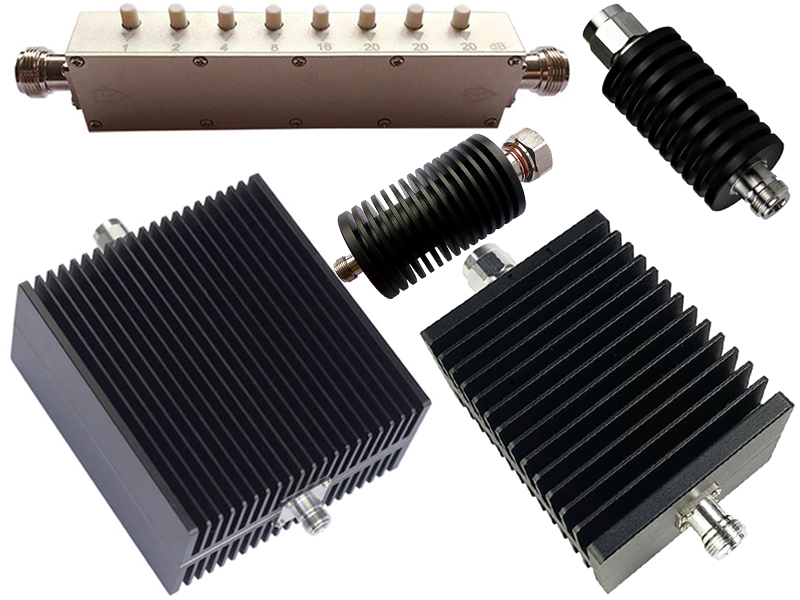-
We’re On Call 24/7 : +8613538296050
-
E-mail : anna@rohoconnector.com
We’re On Call 24/7 : +8613538296050
E-mail : anna@rohoconnector.com
In an era of advancing 5G networks, satellite communication, and industrial IoT, the demand for reliable and durable RF components is higher than ever. Among these, the N-Type attenuator continues to be a preferred choice for engineers requiring performance in demanding environments. Today, we break down the classifications and key performance characteristics that make this component a perennial industry workhorse.
The N-Type connector, invented in the 1940s, set a standard for durability with its threaded coupling mechanism and characteristic 50-ohm impedance. N-Type attenuators built upon this foundation, offering a robust solution for reducing signal power (attenuation) with minimal distortion. Their ability to handle higher power levels and their superior weatherproofing make them indispensable in telecommunications infrastructure, military and aerospace applications, and high-power test setups.
N-Type attenuators are primarily classified based on their functionality and power handling capabilities:
1. Fixed Attenuators: These are the most common type, designed to provide a single, precise value of signal loss (e.g., 3 dB, 10 dB, 20 dB). They are valued for their simplicity, excellent electrical performance, and reliability. Fixed attenuators are further segmented by their power ratings, from small-signal benchtop models to high-power units capable of handling hundreds of watts.
2. Variable Attenuators: This category offers adjustable attenuation levels.
Manual Step Attenuators: These devices allow users to select from a set of precise attenuation values using a rotary switch. They are critical in laboratory settings for calibration and testing, offering exceptional accuracy and repeatability.
Continuously Variable Attenuators: These provide smooth adjustment over a specified range (e.g., 0-20 dB), allowing for fine-tuning of signal levels in circuit design and optimization.
3. DC Blocking vs. DC Passing: A crucial design distinction. Some N-Type attenuators are engineered to block DC bias voltages from passing through, protecting sensitive equipment. Others are designed to allow DC current to pass alongside the RF signal, which is essential for certain antenna systems like those used in GPS.

When specifying an N-Type attenuator, engineers focus on several critical parameters:
High Power Handling: This is the standout feature of N-Type attenuators. They are routinely available in models that can handle average power levels from 2 Watts to over 100 Watts, and some specialized units can manage kilowatts of power, making them ideal for transmitter sites.
Frequency Range: While excellent for applications up to 11 GHz, precision N-Type designs perform reliably up to 18 GHz, covering most cellular and C-band satellite frequencies.
Low VSWR (Voltage Standing Wave Ratio): High-quality N-Type attenuators maintain a very low VSWR (typically <1.25:1) across their frequency range. This ensures efficient power transfer and minimizes signal reflections that can damage components and distort measurements.
Superior Durability and Weatherproofing: The threaded coupling mechanism provides a secure connection that is highly resistant to vibration. Many are offered with weather-sealed versions (typically meeting IP67 standards) for outdoor use.
Attenuation Accuracy and Temperature Stability: Precision is paramount. Performance is measured by how closely the device matches its stated attenuation value (e.g., ±0.3 dB) and how little that value drifts with changes in operating temperature.